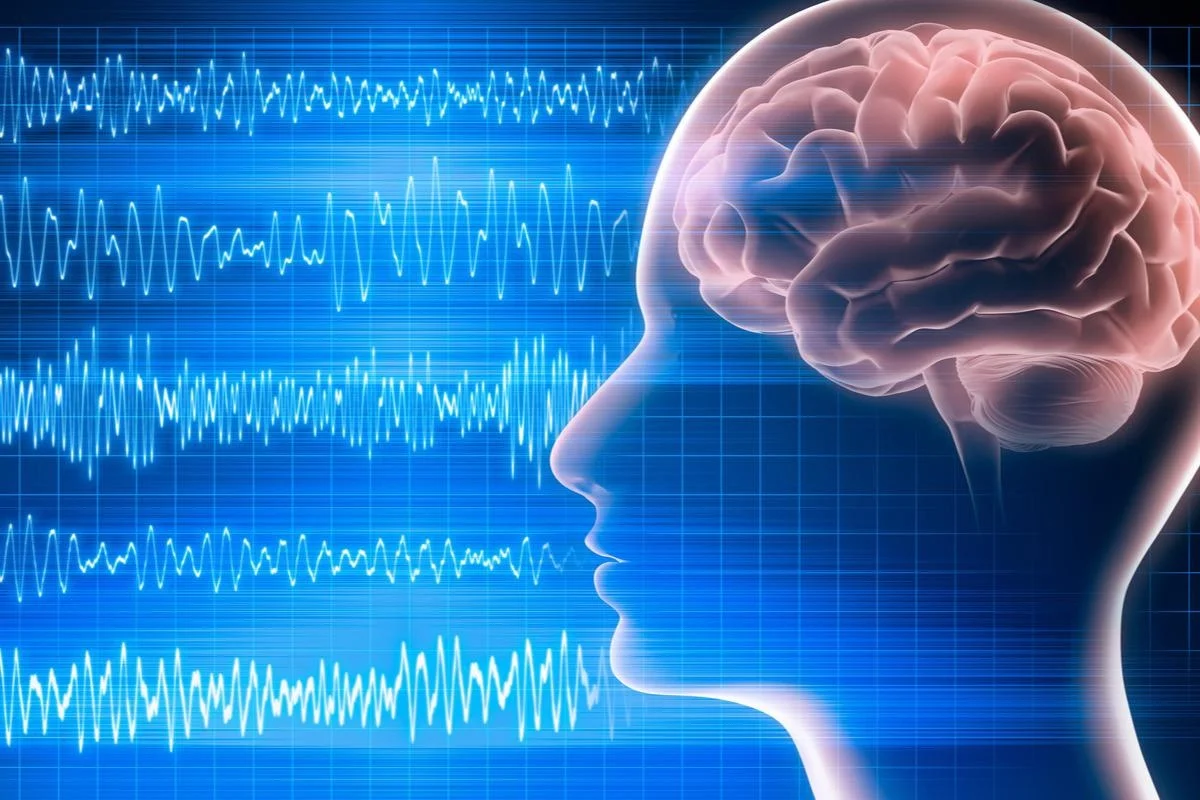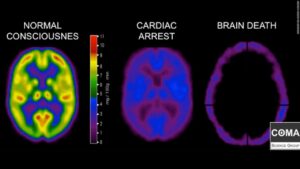The Science Behind Near-Death Experiences
Research has always been intrigued by the mystery surrounding near-death experiences. Recently, a study has shed light on the connection between this fascinating phenomenon and brain activity post-mortem. Insights gained from this study could advance our understanding of human consciousness and what truly transpires during those final moments.
A Peek into the Afterlife – The Study Explained
Researchers conducted this groundbreaking study on a select group of intensely monitored patients with severe brain injuries. Even after the patients were declared dead, brain activity was still recorded. These observations sparked curiosity and led to further analysis aimed at understanding the link between brain activity after death and near-death experiences.
Key Findings – A Burst of Brain Activity
The study revealed that even minutes after the heart had stopped, the brain showed signs of conscious awareness. Most significantly, there was a surge of brain activity, known as ‘gamma oscillations’, observed for several minutes following cardiac arrest. These oscillations have often been associated with the formation of memories and conscious perception.
Putting Theory into Perspective – Near-Death Experiences
The outcomes from this novel study may offer an explanation for the inexplicable and profound experiences often reported by those who narrowly avoid death. Such accounts often include out-of-body experiences, moving towards a bright light, feelings of peace, or encounters with deceased relatives. The surge of brainwave activity in the minutes following death may be an attempt by the brain to stay active and conscious, thereby leading to these mystical experiences.
Implications for Future Research
While the research is still in its early stages, these findings enable researchers to expand their understanding of what transpires on the threshold of life and death. Future research could provide greater insight into the intensity and extent of brain activity after death and its connection to near-death experiences. This could offer crucial breakthroughs in neuroscience, specifically around brain functioning and consciousness.
Caution and Consideration
Despite its titillating potential, experts remain cautious as the scientific and medical communities continue to grapple with defining the exact moment of death. It’s essential to approach this research with an open mind, conscious of the potential ethical implications. Understanding the sanctity of death as more than just a clinical definition is crucial.
In closing, this groundbreaking study brings science closer to understanding the mysteries of near-death experiences and what occurs in the brain after death. However, with such complex and profound subjects, science continues to navigate uncharted waters. This exploration may set a path for more answers, stirring not just our curiosity, but our deepest notions about life, death, and our very existence.




